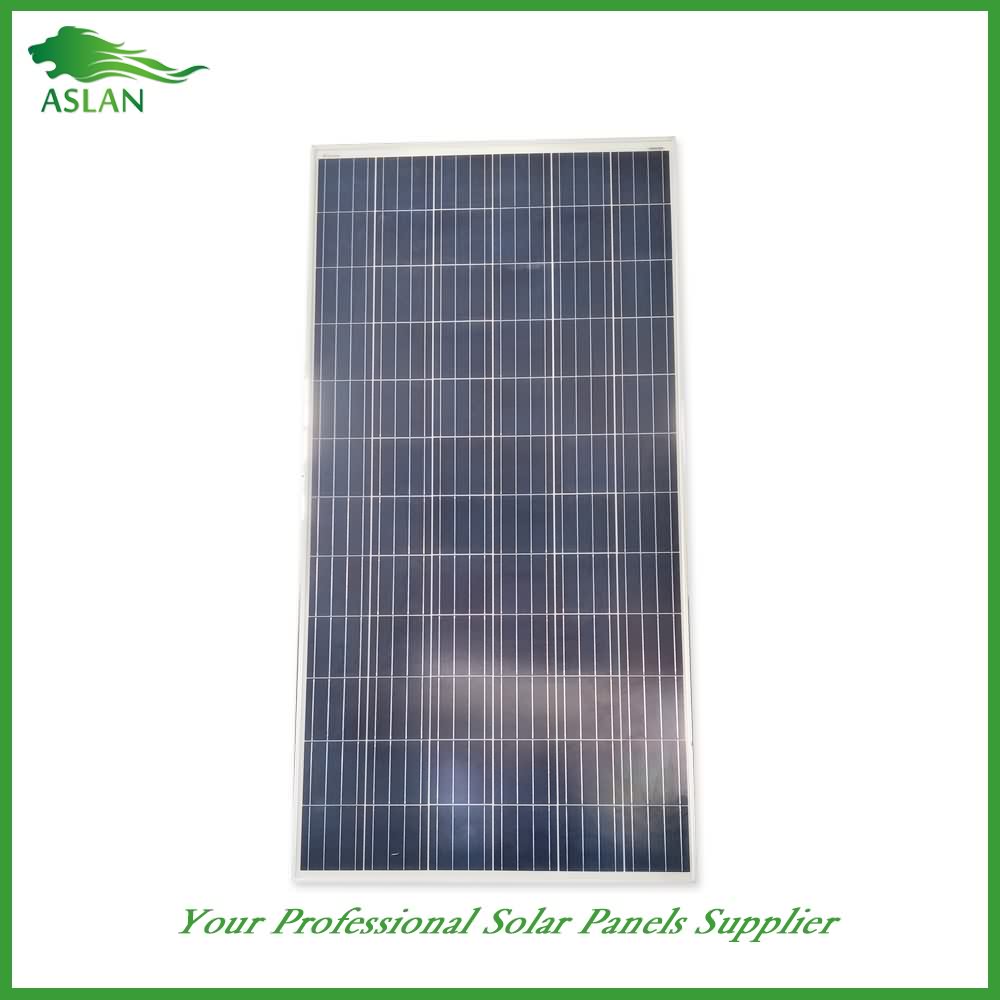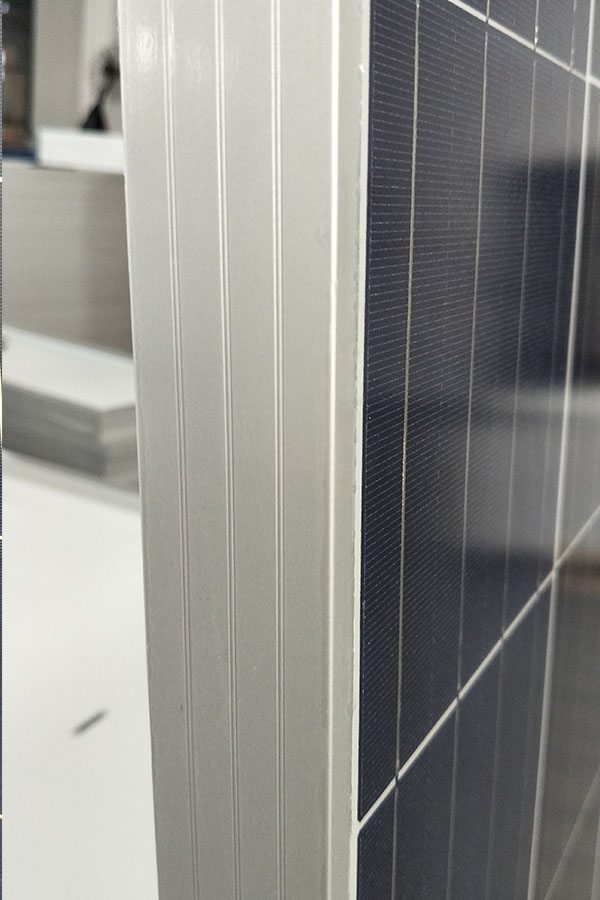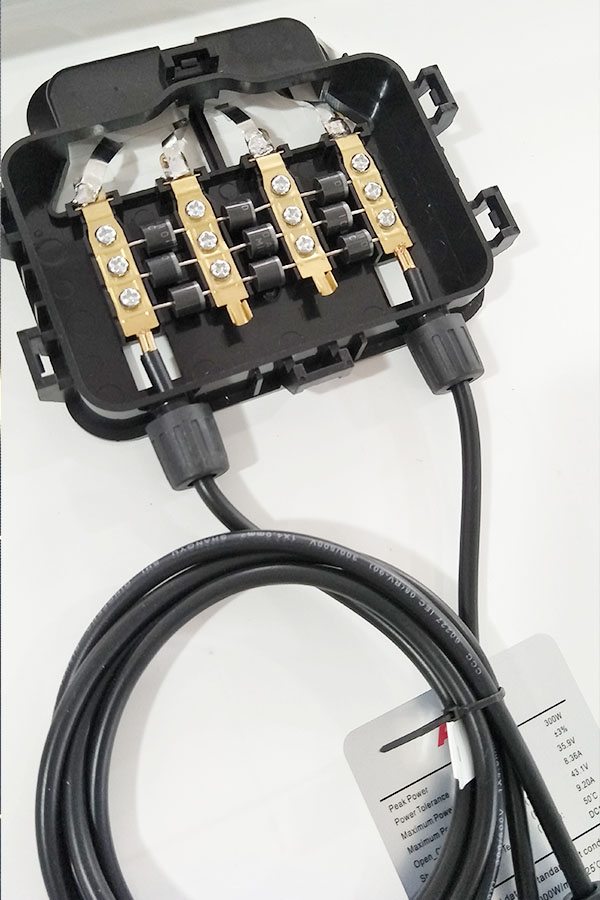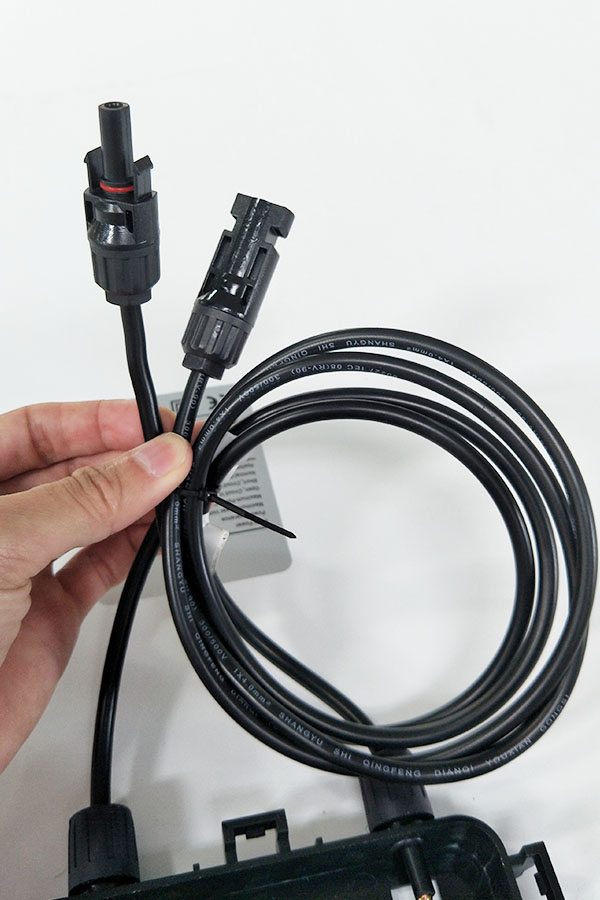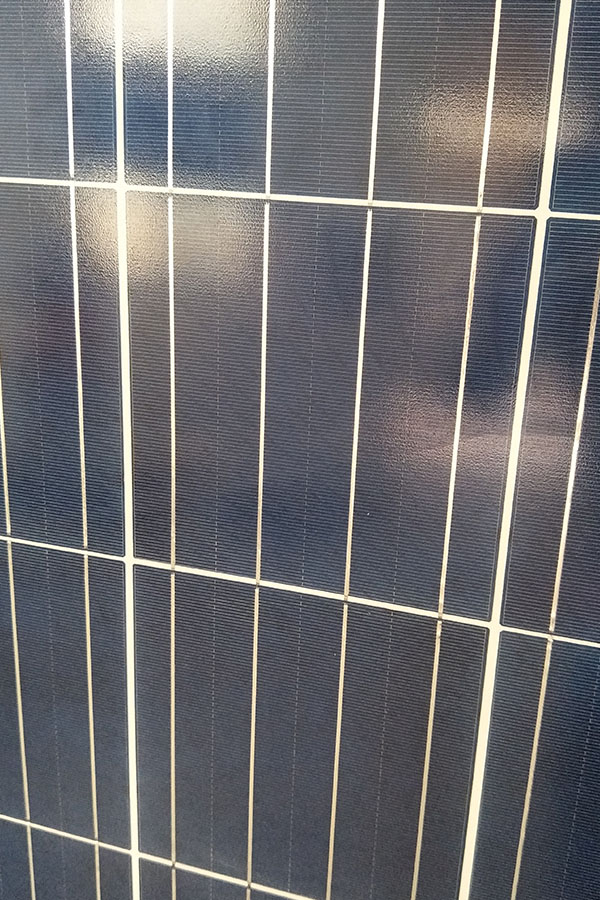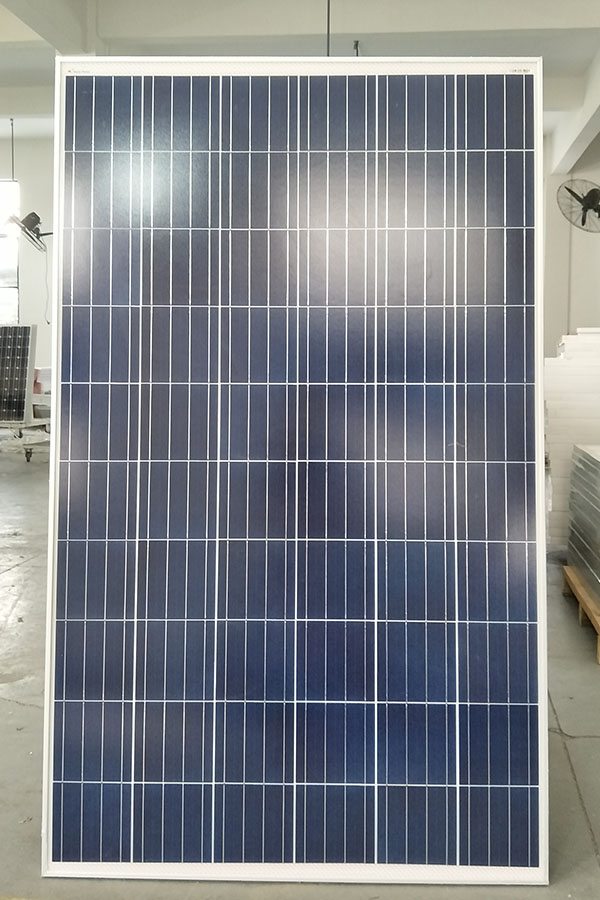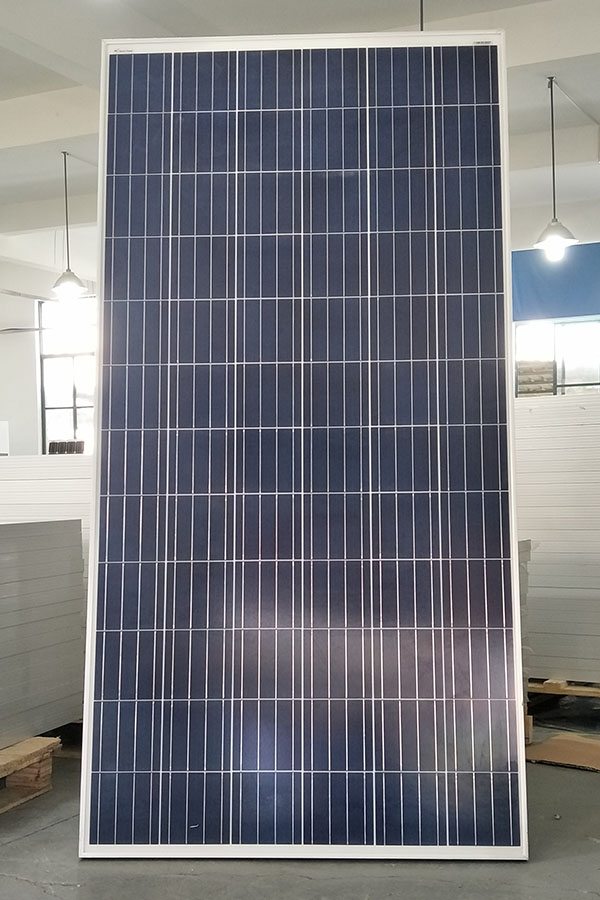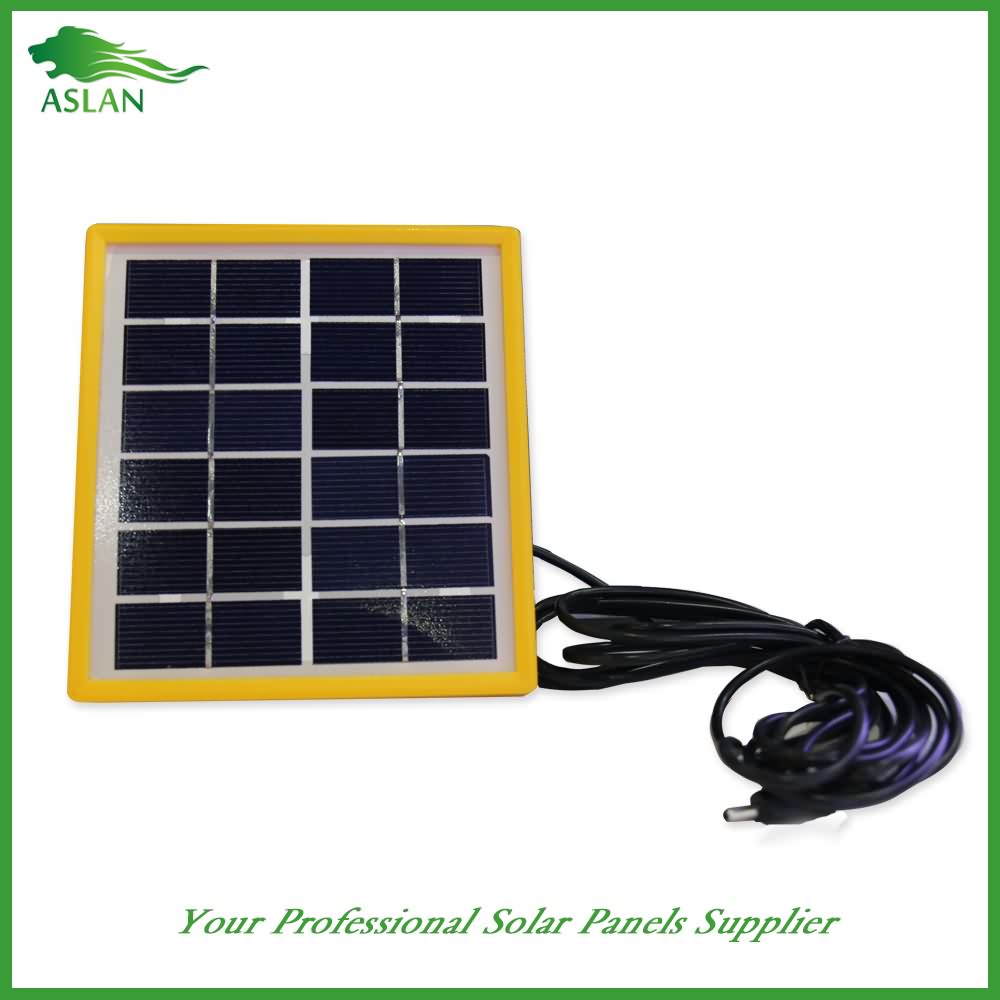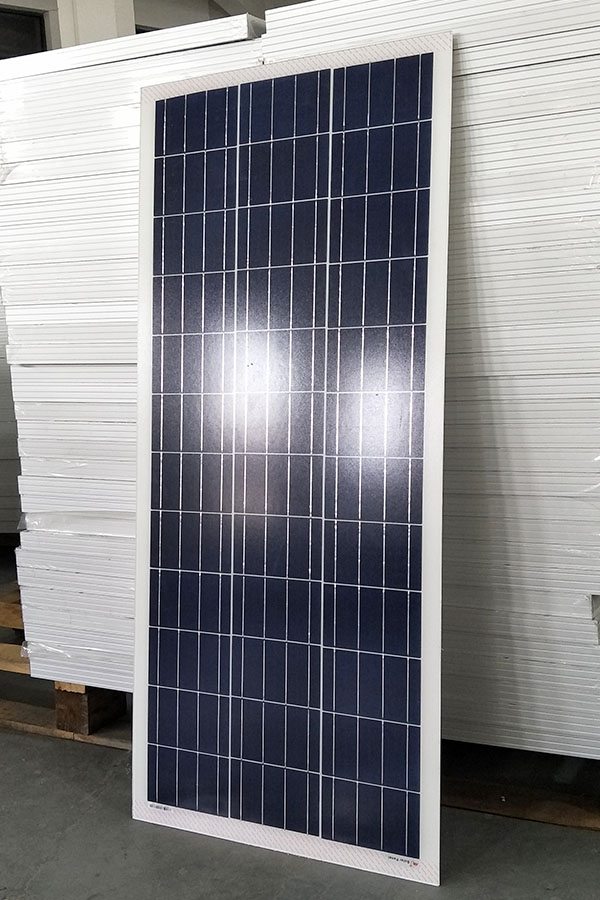Factory making Poly-crystalline Solar Panel 300W to Bhutan Manufacturer
Short Description:
We insist on the principle of development of 'High quality, Efficiency, Sincerity and Down-to-earth working approach' to provide you with excellent service of processing for Factory making Poly-crystalline Solar Panel 300W to Bhutan Manufacturer, Our aim is "blazing new ground, Passing Value", in the future, we sincerely invite you to grow up with us and make a bright future together!
Poly-crystalline Solar Panel 300W
Technical parameter
Maximum Power(W) 300W
Optimum Power Voltage(Vmp) 37.15V
Optimum Operating Current(Imp) 8.08A
Open Circuit Voltage(Voc) 45.30V
Short Circuit Current(Isc) 8.87A
Mechanical Characteristics
Cell Type Poly-crystalline 156x156mm (6 inch)
No of Cell 72 (6x12pcs)
Dimensions 1956x992x50mm
Weight 22.5Kg
Front Glass 3.2mm,High Transmission, Low Iron,Tempered Glass
Junction box IP65 Rated
Output Cable TUV 1×4.0mm2/UL12AWG,Length:900mm
Temperature and Coefficients
Operating Temperature(°C): -40°C ~ + 85°C
Maximum System Voltage: 600V(UL)/1000V(IEC) DC
Maximum Rated Current Series: 15A
Temperature Coefficients of Pmax: -0.47%
Temperature Coefficients of Voc: -0.389%
Temperature Coefficients of Isc: 0.057%
Nominal Operationg Cell Temperature (NOCT): 47+/-2°C
Materials of solar panel
1).Solar Cell——Poly-crystalline solar cell 156*156mm
2).Front Glass——-3.2mm, high transmission, low iron, tempered glass
3).EVA——-excellent anti-aging EVA
4).TPT——-TPT hot seal made of flame resistance
5).Frame——anodized aluminum profile
6).Junction Box——-IP65 rated, high quality, with diode protection
Superiority: high quality anodized aluminum frame, high efficiency long life, easy installation, strong wind resistance, strong hail resistance.
Features
1. High cell efficiency with quality silicon materials for long term output stability
2. Strictly quality control ensure the stability and reliability, totally 23 QC procedures
3. High transmittance low iron tempered glass with enhanced stiffness and impact resistance
4. Both Poly-crystalline and Mono-crystalline
5. Excellent performance in harsh weather
6. Outstanding electrical performance under high temperature and low irradiance
Quality assurance testing
Thermal cycling test
Thermal shock test
Thermal/Freezing and high humidity cycling test
Electrical isolation test
Hail impact test
Mechanical, wind and twist loading test
Salt mist test
Light and water-exposure test
Moist carbon dioxide/sulphur dioxide
The simple solar garden lights (made in China) often consist of only 1 LED, 1 small solar panel and 1 (1,2V) NiCd or NiMh battery. This circuit shows how you can “boost” this circuit by switching a power LED on. This power LED is supplied by a seperate (more powerful) solar cell, that charges a more powerful battery. A BD 139 and a BC 547 work as current amplifiers (Darlington). Of course you can also make it in such a way that the garden light, when it becomes dark, switches something else on, e.g. with a 5 volt print relay instead of the power LED. Possibly you need a series resistor to the relay (with voltages higher than 4 Volt, value between 20 and 100 Ohm, depends on the coil resistance from the relay). More simple transistor circuits in my book “Schematics 1″, available on the Lulu website. Content: www.lulu.com/content/ 4734386.
nb: “treasure voltage” = treshold voltage
nb: The reason that I used an LDR is that these garden lights are high frequency oscillators (like the joule thief). So it is an oscillating system and every external influence (even tiny influences) can damp the oscillator and stops its oscillation. So I took the “sure” way to make the circuit work. Perhaps a very slight coupling via a small value capacitor can replace the LDR and drive the Darlington properly. I encourage everyone to experiment and publish a circuit on a YT channel.
Alternative power. Off the grid living. Solar Panels: Generating power while at sea or anchored out. Using my boat Angel as an example, this simple visual intro demonstrates a 12 volt DC marine solar power system (photovoltaics) in use. More tech. detail can be found in Southwinds Magazine, May 2011 issue. (free downloads at www.southwindsmagazine.com) The article explores common ?’s such as: How much power does your boat need, selecting solar panels, charge controllers & cost comparison to a fuel-based charging system.
Note: these systems aren’t perfect; a series of cloudy days will reduce those available amp hours from the battery bank. In long periods of cloudy weather, I run Angel’s engine (under a load), its alternator keeping the batteries from getting too low.
Also check out:
http://www.solarreviewonline.com which leads to Cathy Mitschele’s helpful eBook, http://budurl.com/SolarReviewPg2
